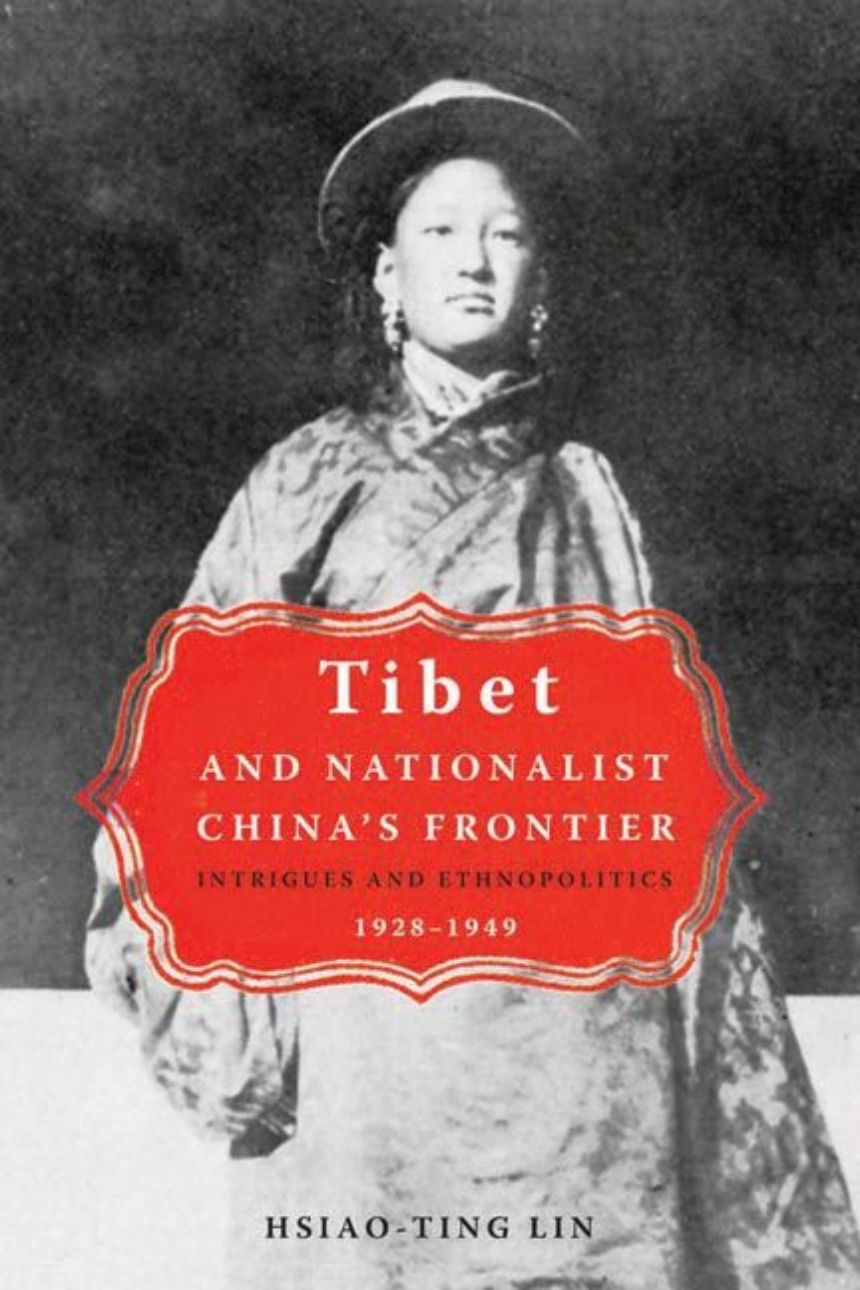University of British Columbia Press
Tibet and Nationalist China’s Frontier
Intrigues and Ethnopolitics, 1928-49
Distributed for University of British Columbia Press
Tibet and Nationalist China’s Frontier
Intrigues and Ethnopolitics, 1928-49
Table of Contents
Preface
Part 1: The Setting
1 The Nationalist Government, National Image, and Territorial Fragmentation in the Prewar Decade (1928-37)
2 The Professed Policy, the Policy Planners, and the Imagined Sovereignty
Part 2: The Prewar Decade, 1928-37
3 The Unquiet Southwestern Borderlands
4 The Mission to Tibet
5 The ‘Commissioner’ Politics
Part 3: The Wartime Period, 1938-1945
6 Building a Nationalist-controlled State in Southwest China
7 The Issue of China-India Roadway via Tibet
8 Rhetoric and Reality in Wartime China’s Tibetan Concerns
Part 4: The Postwar Period, 1945-49
9 Postwar Frontier Planning vis-à-vis non-Han Separatist Movements
10 The Sera Monastery Incident
Epilogue
Notes
Bibliography
Index

